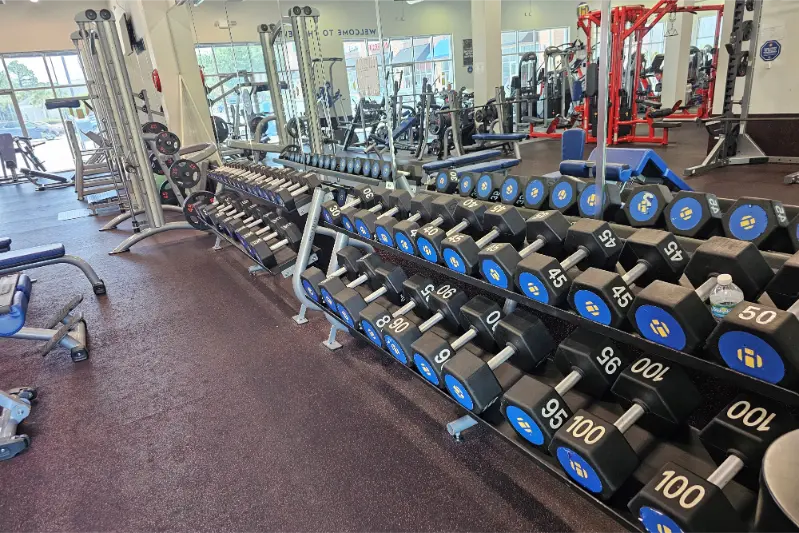Determining how many days a week to lift weights depends on several factors, including your fitness goals, experience level, and overall lifestyle. The frequency of your workouts plays a crucial role in maximizing your gains and ensuring adequate recovery. Here’s a guide to help you plan the optimal weekly weightlifting schedule.
Consider your fitness goals
The number of days you should lift weights can vary based on what you are trying to achieve:
- Strength and muscle mass: For increasing strength and muscle mass, 3-4 days per week is often recommended. This allows you to perform split routines where you target different muscle groups on different days, ensuring each group has time to recover and grow.
- General fitness: If your goal is general fitness, maintaining muscle tone, and cardiovascular health, 2-3 days per week can be sufficient. These sessions can be full-body workouts or slightly split between the upper and lower body.
- Weight loss: For those focusing on weight loss, combining 3 days of weight lifting with cardio on other days can be effective. The strength training helps to maintain muscle mass and increase metabolism, which can boost fat loss.
Recovery and overtraining
Muscle growth and repair occur during rest, not while training. Lifting weights too frequently without enough recovery time can lead to overtraining, fatigue, and even injuries.
Pay attention to how your body feels. Persistent soreness, fatigue, or a plateau in performance can be signs of insufficient recovery.
Experience level and age
- Beginners: If you’re new to weightlifting, starting with 2-3 days per week can help your body adapt to the new stresses and demands of weight training without overwhelming it.
- Intermediate to advanced lifters: More experienced lifters may benefit from 4-6 days per week, using a more detailed split routine to target each muscle group adequately.
- Older adults: Older individuals might need more recovery time and could benefit from 2-3 days per week focused on maintaining muscle mass and strength to counteract age-related muscle loss.
If you need more assistance with planning your weightlifting schedule, get in touch with our personal trainers in Brunswick.
Sample weekly schedules
Beginner
- Monday: Full-body workout
- Wednesday: Full-body workout
- Friday: Full-body workout
Intermediate
- Monday: Upper body
- Tuesday: Lower body
- Thursday: Upper body
- Friday: Lower body
Advanced
- Monday: Chest and triceps
- Tuesday: Back and biceps
- Thursday: Legs and shoulders
- Friday: Core and cardio
- Saturday: Full body high-intensity session
Integrating rest and active recovery
Include activities like yoga, light cardio, or stretching on non-lifting days to promote circulation and muscle recovery without overloading the muscles. These exercises will help you progress faster. And if you want to add more plates on your barbell, read these tips on how to lift heavier weights.
Final thoughts
The optimal number of days to lift weights each week varies depending on your goals, experience, and physical condition. Consistency is key in any fitness regimen, but so is listening to your body and allowing adequate time for rest and recovery. As you progress in your weightlifting journey, continue to adjust your schedule based on your results and how you feel to ensure continuous improvement and avoid burnout or injury.







